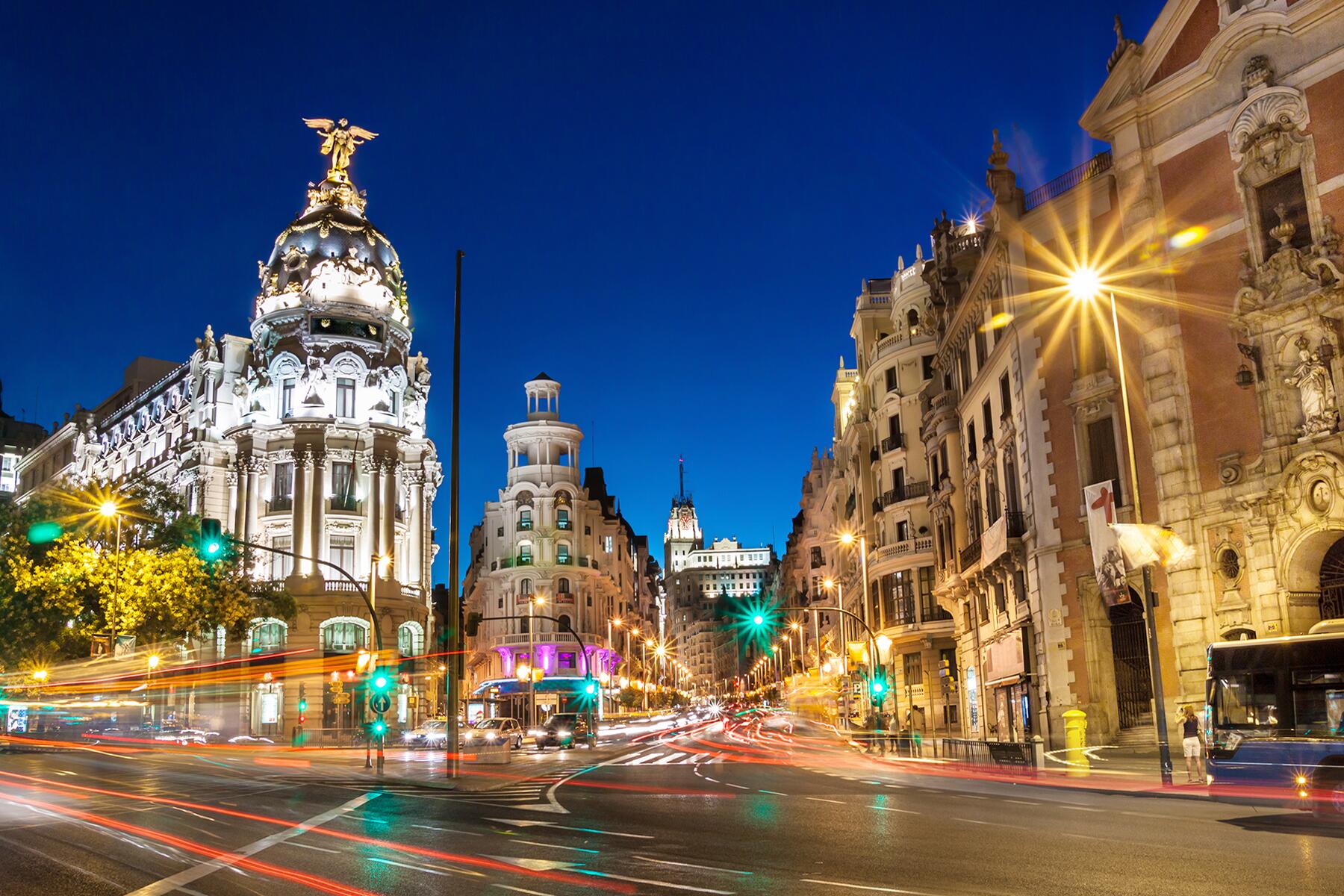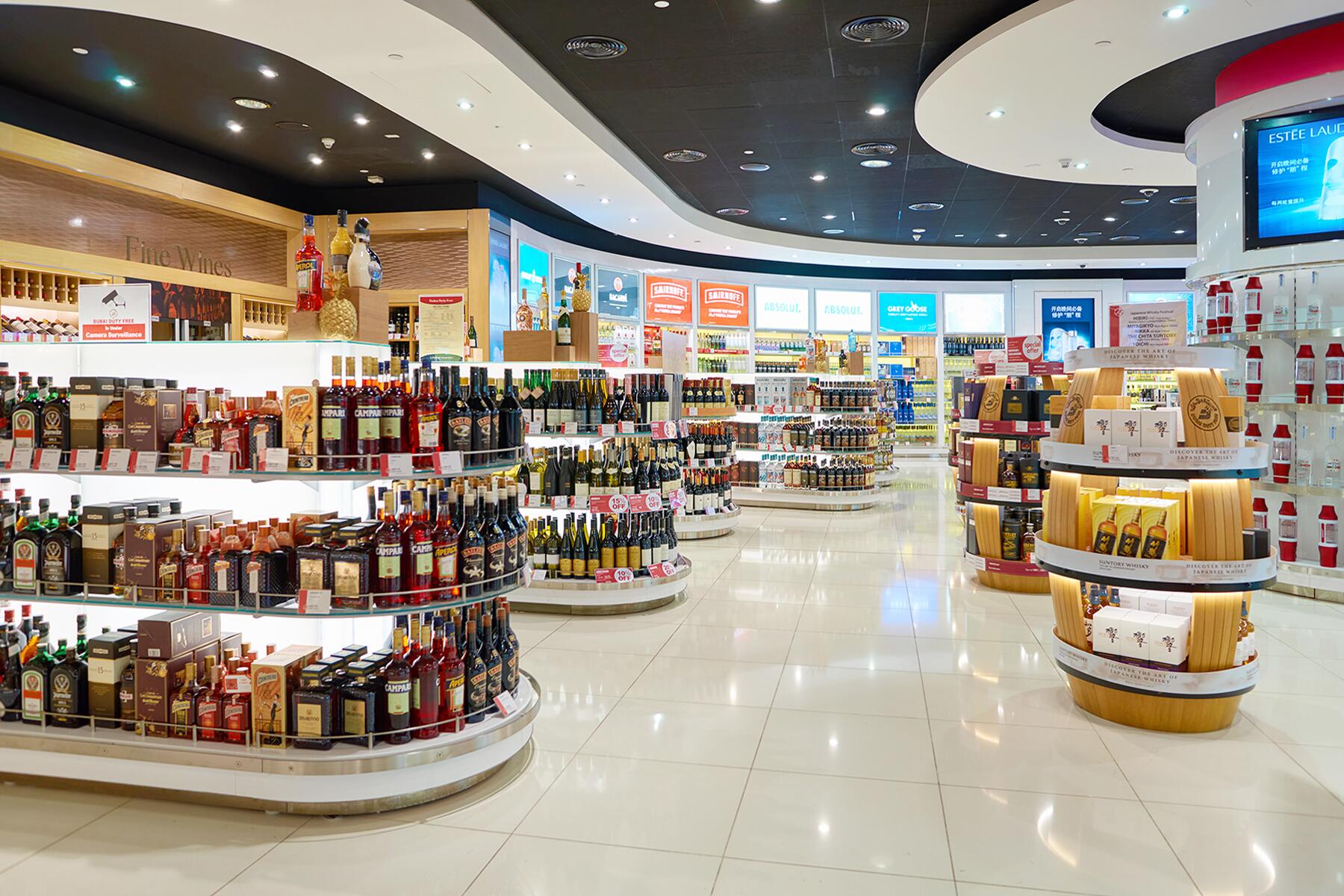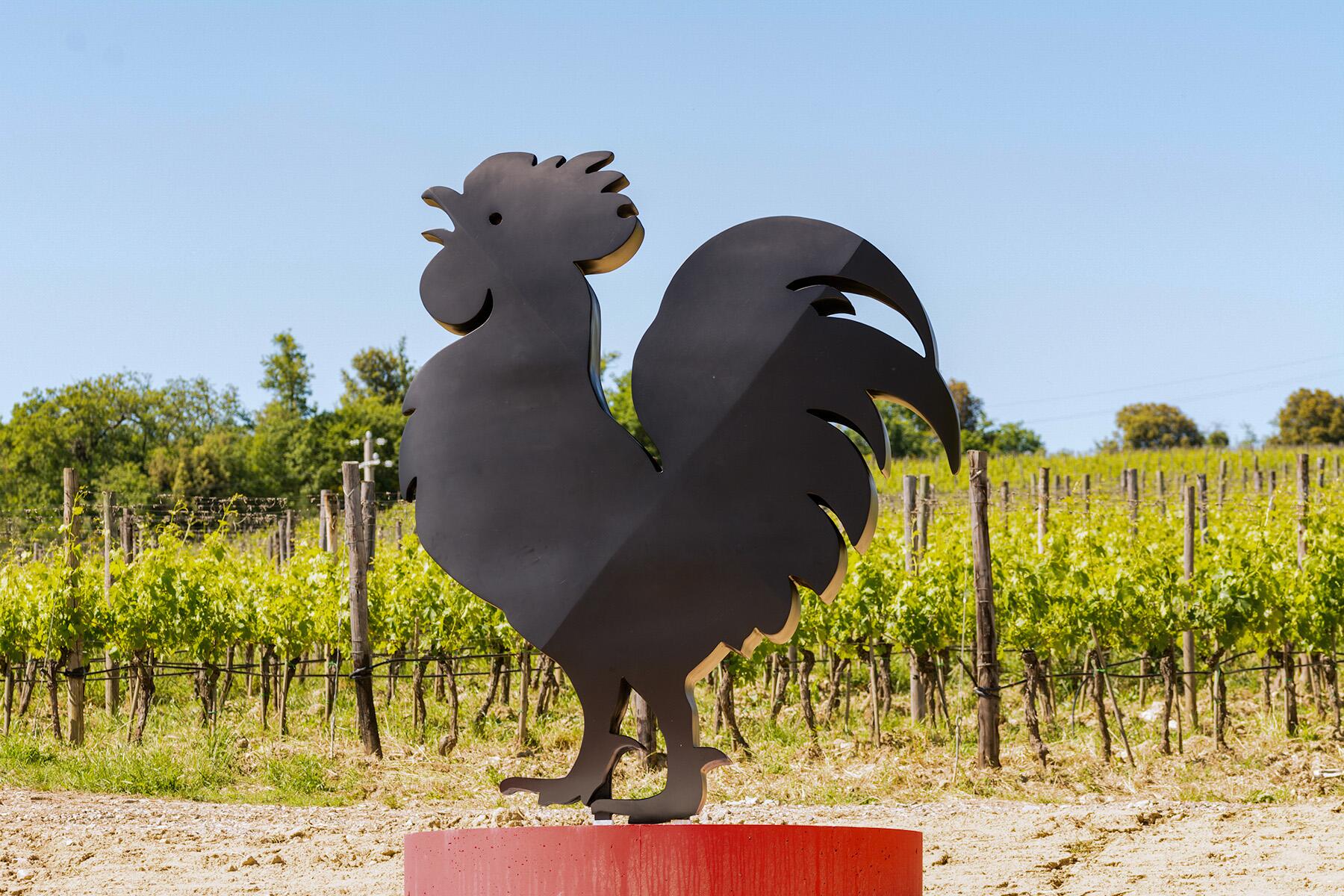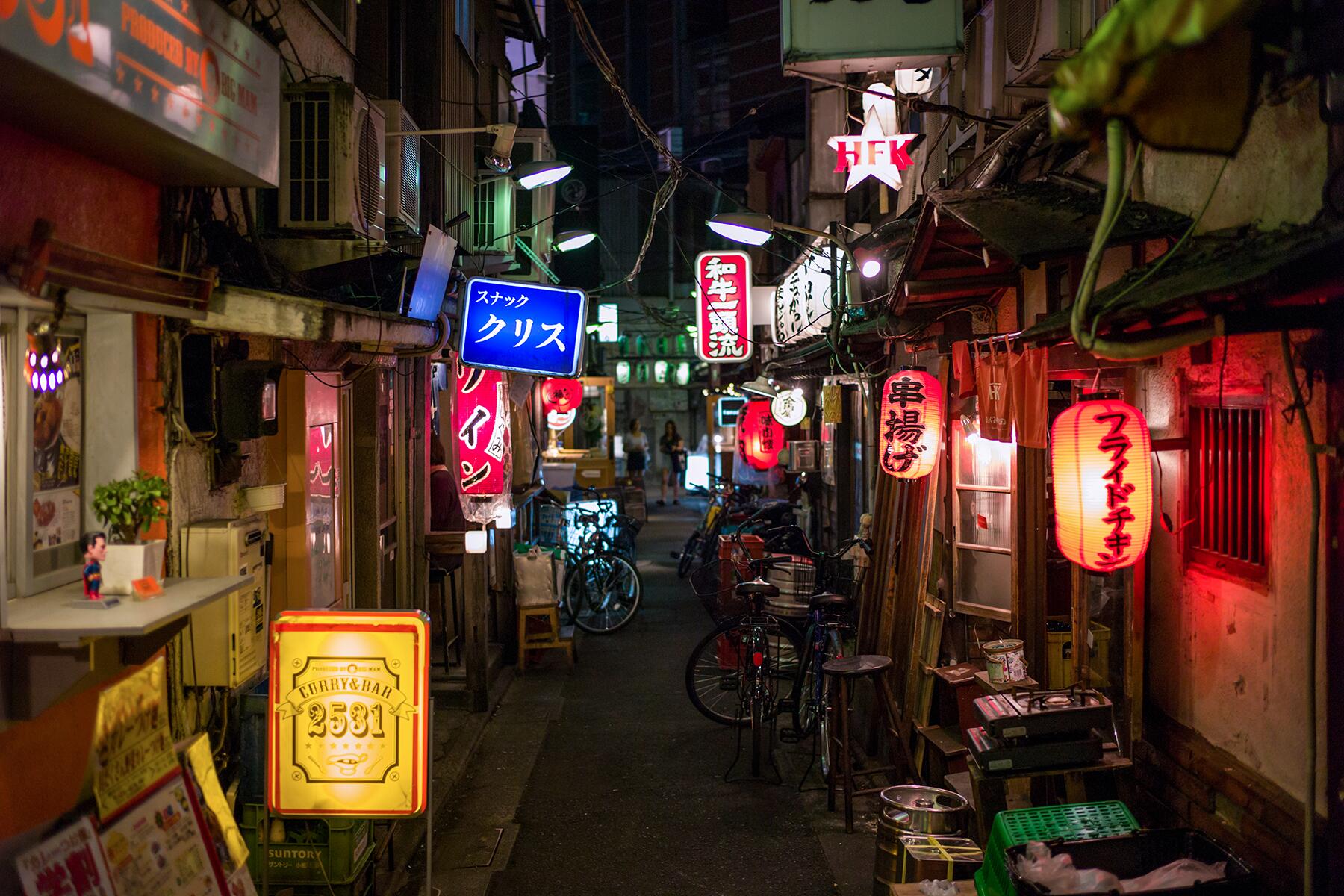With no late-night revelry for the foreseeable future, it’s a troubling time for Tokyo’s tiny bars and eateries.
“Alcohol is necessary for communication between Japanese people,” says Koichiro Mikuri. As the owner of two venerable izakaya—Aizu and Matsugiku—he knows the well-oiled inner workings of these tiny Japanese pubs.
“Japanese people keep some kind of distance in society in their daily life, but this changes after they get free from ‘business time.’”
And as much as these small bars are a haven for locals, Tokyo’s vibrant nightlife is also a draw for visitors from across the world. But as the city gears up to host the Olympics, amid a struggle with a fourth wave of COVID-19, the capital’s nightlife is under threat.
Tokyo is home to an estimated 20,000 izakaya, but the past year has seen a record rise in closures in these traditional bars—drinkers are keeping away from the cramped spaces in an attempt to avoid spreading the virus. With the number of customers falling by half last year, many izakaya have been forced to close their doors in line with government coronavirus guidelines.
The city’s nightlife no longer buzzes with electric excitement—even the frenetic lights of Shibuya’s Scramble Crossing were dimmed to deter revelers—and nor do homespun izakaya welcome their regulars for long conversations late into the night.

Part of the City’s Identity
Recommended Fodor’s Video
Just like British pubs or old-fashioned U.S. saloons, izakaya are part of the very fabric of Tokyo—customers arrive after a day of work for a few drinks and a bite to eat. They’re intimate, often hosting no more than five or six people around a bar, so conversation, and a certain kind of magic, is inevitable.
“The izakaya is always seen as a type of ‘backstage’ space in Japan, where you can let your hair down and show your interior self in a way that is not acceptable in ‘frontstage’ daytime society,” says James Farrer, professor of sociology and global studies at Sophia University, Tokyo.
“It is a society where alcohol plays an especially important role in maintaining a balance between restraint and relaxation,” he adds.
Originating as old-school liquor stores, where patrons would quaff sake standing or perched on stools, modern-day izakaya developed in 18th- and 19th-century Edo (the old name for Tokyo). Later, as Japan grappled with post-war life, black markets sprang up around major train stations, a new type of “grungy” hole-in-the wall bar appeared, explains Farrer: “This kind of small-scale izakaya lingers in the popular imagination to this day.”
Originating as somewhat low-end bars, izakaya today range from those tucked away down ramshackle alleys (called yokochō), to oversized cheap chains and hip neo-izakaya, but they all have one thing in common: they’re places for people to socialize and let loose.

Last Orders
Mikuri’s izakaya are the former kind. You’ll find them, and other traditional izakaya, lining Nonbei Yokocho (literally “drunkards’ alley”)—a collection of 39 bars all but engulfed by the sparkling development and skyscrapers of central Shibuya.
Dating back to the 1950s, many of the businesses here are family-owned and grew out of black markets and post-war displacement. “We still have the atmosphere of the old days,” muses Mikuri.
He began visiting izakaya along the alleyway over 20 years ago, and became involved in running two izakaya when their elderly owners could no longer work.
“[It’s] a very village-style community where people care for each other, and the ties are closer than just a friend, but slightly further than a family,” says Mikuri. “For newcomers, [this] sometimes makes them feel uneasy to open the door. But once they’re in, people will feel the magic.”
But after 70 years, the shutters have closed along Nonbei Yokocho—for now.
Tokyo’s current state of emergency has put a stop to alcohol being served after 8 p.m. (restaurants must close by 9 p.m). This time constraint in a culture known for long working hours and all-night drinking dens means that for many izakaya owners like Mikuri, there’s no point in staying open.
“Sadly…tiny shops can cause clusters easily, and with no alcohol services, we decided to close until the world gets better,” Mikuri explains. In the meantime, a crowdfunding page has been set-up to keep Nonbei Yokocho alive.
It’s happening everywhere in Tokyo. “Some chain izakaya had over-expanded into marginal markets, and some older izakaya were already on their last legs,” Farrer says. “So COVID pushed them over the edge. Or the owners decided to retire.”
The Next Generation
It’s not only the older izakaya feeling the pinch. Located in Tokyo’s up-and-coming Gakugei-daigaku district, Ukigumo is a contemporary spot for drinking and dining. Run by owner Tsuyoshi Arikawa—who honed his craft in Zurich and an Italian restaurant back in Tokyo—it’s part of a new generation of independent izakaya that combines curated cafe-esqe aesthetics, gourmet dishes, and a lively atmosphere.
“Alcohol is now banned, but if you don’t ban it, you can’t stop the flow of people [into izakaya],” Arikawa says. “I think that izakaya—places where people can enjoy eating delicious food and drinking alcohol—are important.” He adds that izakaya are an “irreplaceable part of life.”
But since COVID-19 started to affect the lives of both customers and storeowners, Arikawa has noticed how the city’s nightlife has had to alter itself: it’s an adapt or die situation.
“Shops have been challenged to explore new possibilities during the pandemic. With [these] new weapons, I think we can grow even further,” he says, mentioning lunch sales, e-commerce, merchandise, take-out, and even Uber Eats as ways establishments are evolving.
He notes that since eating out has been limited to a “rare opportunity,” people have been more selective with where they go. “Whether people choose to go to this place or another seems to be down to how the business has reacted to the pandemic,” Arikawa says.
Even though he believes that the “fundamental appeal [of izakaya] will persevere,” it’s hard to ignore the effect the pandemic has had. Streets once warm with the glow and lively hum of bars are now somber and dark. Commuters hurry home, grabbing a takeaway. There are no couples mulling over menus outside raucous bars, or friends gathered around tables.
“I think that many stores will continue to close in the future, and Tokyo nightlife will die with them,” he says. “In that sense, the impact of [COVID] has been huge.”
The Future of Izakaya
Early closing hours and a no-alcohol policy have highlighted how important izakaya are to the local communities and culture of the capital.
The closure of these social spaces, from the nostalgic to the new-fangled, and absence of the capital’s nightlife may remind Tokyoites what they’ve been missing. And in their attempt to stay alive, izakaya will evolve further.
But for Mikuri, he believes that the future of izakaya lies in their original charm as places where people look for human connection over a style (even though it’s “corny,” he says), adding: “The sun goes down, but there is always a sunrise.”
Izakaya have already undergone much change—once the mainstay of older salarymen, izakaya today reflect an evolving society with younger generations and single women now part of the regular customer base.
Ukigumo’s Arikawa looks to better times ahead: “If the days resembling our previous daily lives return, and new restaurants open up, I think that the nights in Tokyo will become brighter.”



